In today’s fast-paced world, effective planning is essential for staying organized and productive. However, with countless planning methods and tools available, it can be overwhelming to find the right approach that aligns with your unique lifestyle. This blog post will explore the concept of planning style and provide guidance on how to identify and implement the one that best suits your needs.
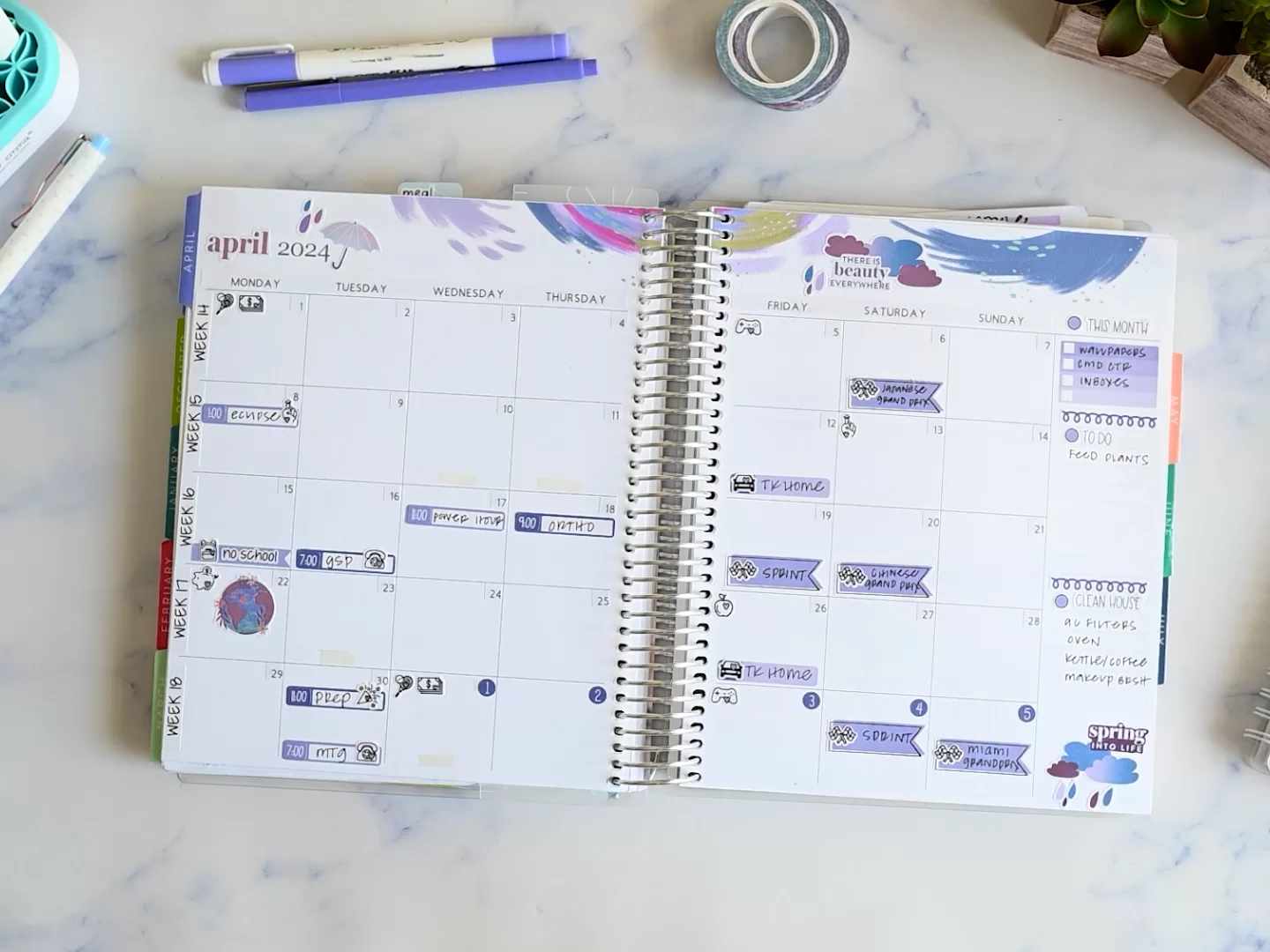
The links on this page may be affiliate links. If you make a purchase after clicking, I will receive a small percentage (it costs you nothing). Visit my favorites page for coupon codes!
Understanding Your Planning Style
Your planning style is not solely defined by the aesthetics of your planner or the tools you use. It’s fundamentally about your approach to organizing tasks, goals, and commitments.
Discover How Your Brain Likes to Plan
To accurately determine your planning style, consider the following questions:
- How do you process information? Are you a visual learner who thrives on color-coding, mind maps, and other visual cues? Or do you prefer a more linear approach, such as lists or bullet points?
- What is your energy level like? Are you an early bird or a night owl? Understanding your natural rhythm can help you optimize task scheduling and productivity.
- How do you handle stress? Do you prefer a structured routine or a more flexible approach? Identifying your stress triggers can help you create a planning system that promotes calmness and focus.
- What is your learning style? Are you a kinesthetic learner who learns best by doing? Or do you prefer a more auditory or visual approach? Understanding your learning style can help you choose planning methods that resonate with you.
- What is your personality type? Are you an introvert or an extrovert? Understanding your personality type can help you determine how much social interaction you need to stay productive.
Once you’ve thoughtfully answered these questions, you can begin to identify your dominant planning style.

Discover Different Planning Styles
Here are a few common styles to consider:
- The Visual Planner: This style heavily relies on visual cues, such as color-coding, stickers, and washi tape. Visual planners often employ mind maps, calendars, and other visual tools to organize their thoughts and tasks.
- The List Maker: List makers prefer a more linear approach, breaking down tasks into smaller, actionable steps. They often utilize to-do lists, checklists, and project management tools to maintain organization.
- The Hybrid Planner: This style seamlessly blends elements of both visual and linear planning. Hybrid planners may combine lists, calendars, and visual cues to create a comprehensive and effective planning system.
- The Minimalist Planner: Minimalist planners prioritize simplicity and efficiency. They often use a single notebook or digital tool to track tasks, appointments, and notes.
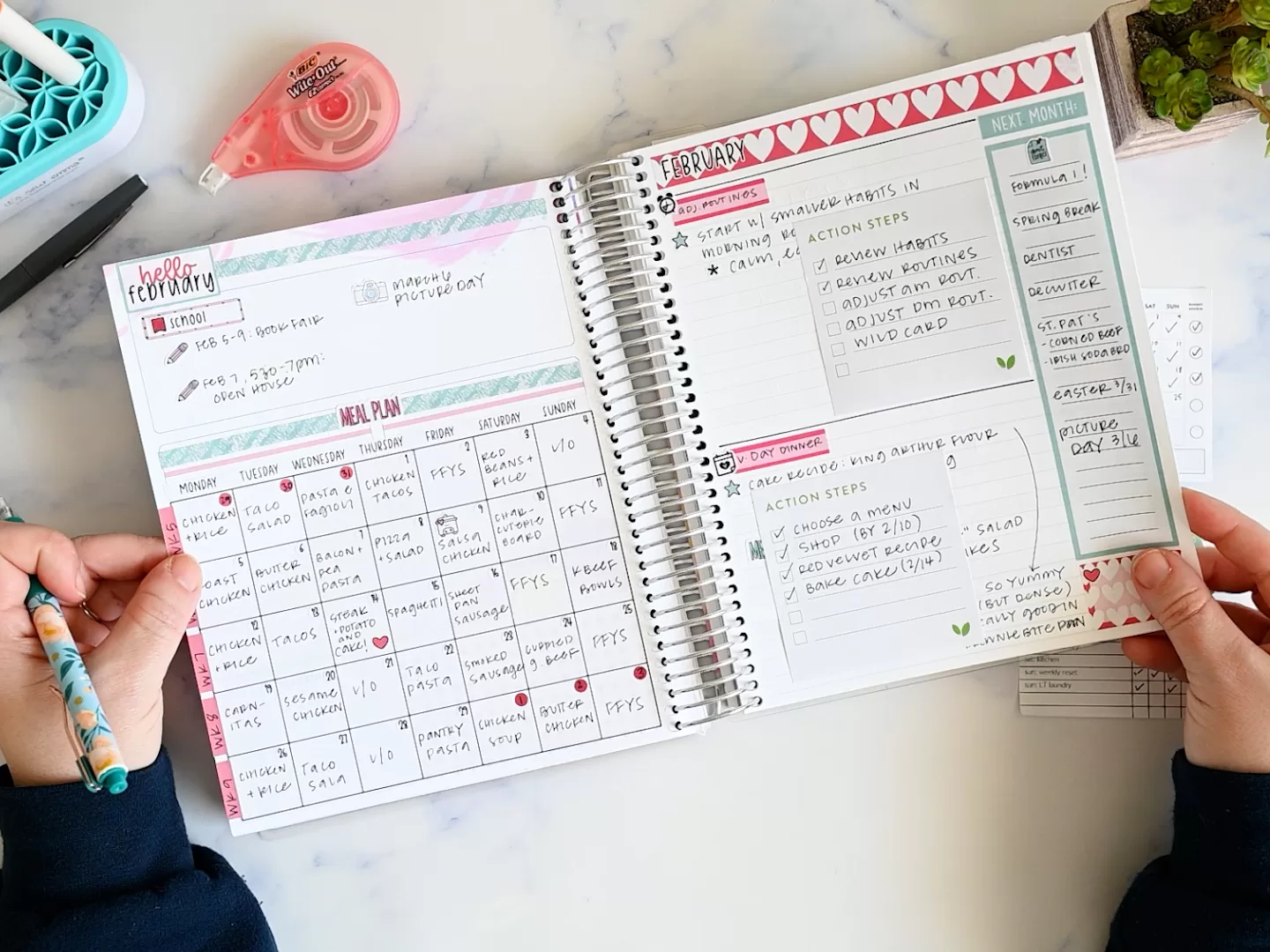
Creating a Functional Planning System
Once you’ve identified your planning style, you can begin to construct a functional planning system that aligns with your preferences and enhances your productivity. Here are a few key tips to consider:
- Keep it simple: Avoid overcomplicating your planning system. Start with the basics and gradually add complexity as needed.
- Prioritize tasks: Focus on the most important tasks first. Don’t overwhelm yourself by trying to tackle everything simultaneously.
- Be flexible: Life is inherently unpredictable, so be prepared to adjust your plans as necessary.
- Use the right tools: Choose tools that support your planning style and streamline your workflow.
- Experiment and iterate: Don’t be afraid to try different approaches and adjust your system as needed.
- Set realistic goals: Break down large goals into smaller, achievable steps.
- Review and reflect: Regularly review your plans and make adjustments as needed.
- Celebrate your successes: Acknowledge your achievements, no matter how small.
How to Find Your Planning Style Video
By understanding your planning style and creating a functional system, you can take control of your time, enhance your productivity, and achieve your goals. Remember, there is no one-size-fits-all approach to planning. The most effective system is the one that aligns with your unique preferences and lifestyle.
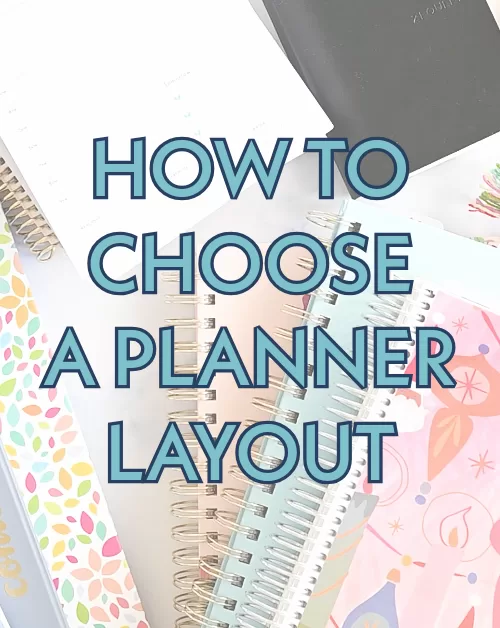
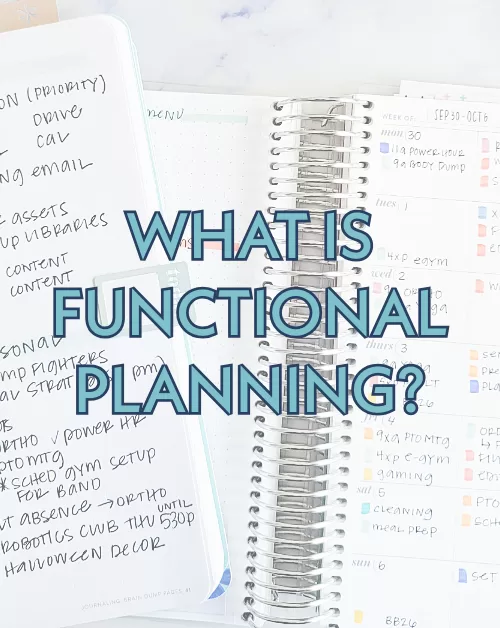
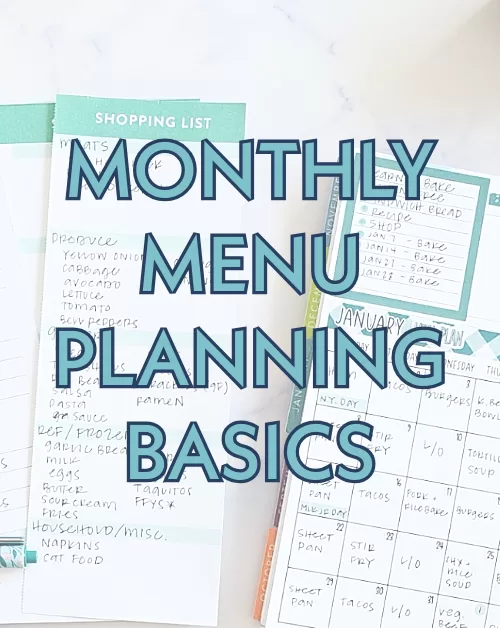

[…] Understanding your planning style is crucial for building an effective and simple planning routine. Take some time to reflect on how you prefer to organize and approach tasks. […]
[…] Identify your planning style: Take some time to reflect on how you and your brain prefer to organize and approach tasks. Learn how to identify your planning style. […]
[…] diving into layouts, it’s essential to understand your planning style. Are you a visual learner who thrives on color-coding and stickers? Or do you prefer a minimalist […]